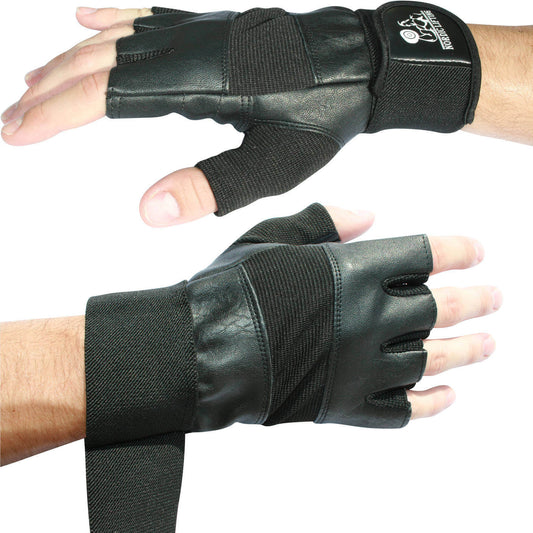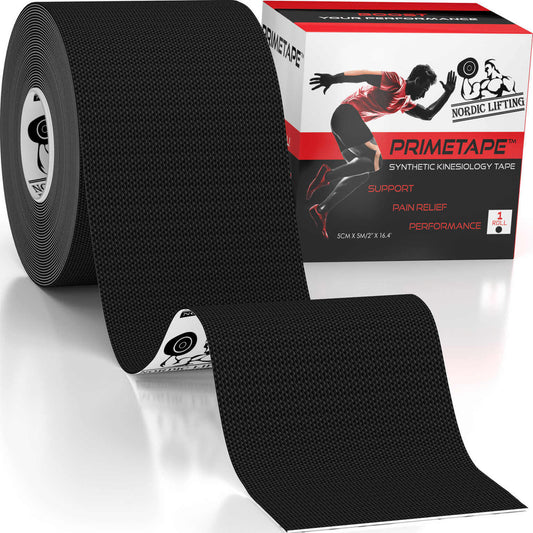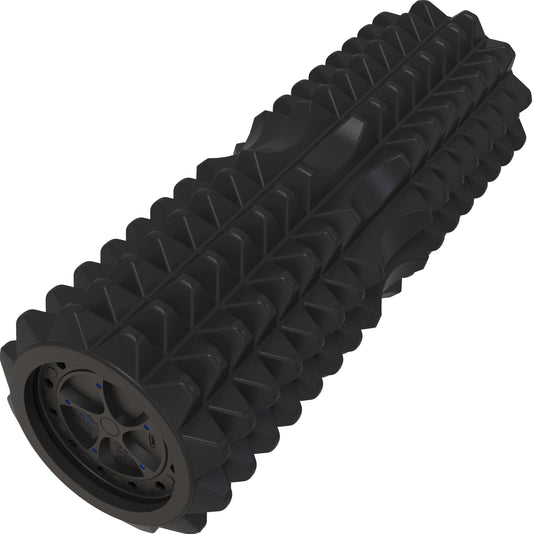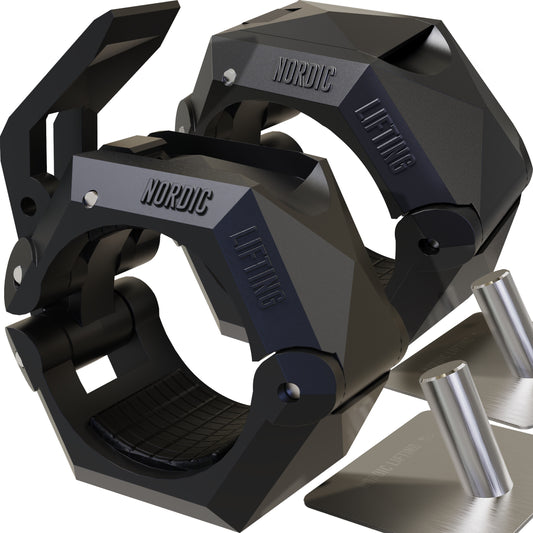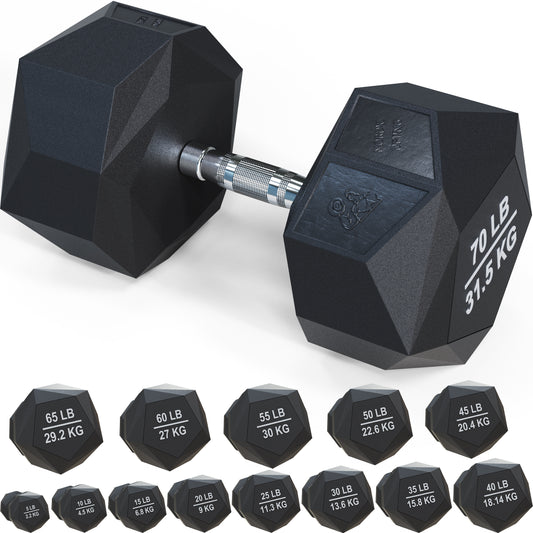Last Updated: February 6, 2025
Battle rope workouts are becoming increasingly popular for those looking to boost their strength and conditioning. This versatile training tool can be used for various fitness goals, from building muscle to improving cardiovascular fitness. The following exercises will provide effective workouts that challenge both the body and mind, helping to achieve better performance.
Incorporating battle ropes into a fitness routine allows for a fun and dynamic approach to training. Whether one is a beginner or an advanced athlete, these workouts can be tailored to fit different skill levels. From core exercises to high-intensity interval training, battle ropes offer an efficient way to engage multiple muscle groups and increase endurance.
With consistent practice, individuals can expect noticeable improvements in their strength and conditioning. These workouts not only enhance physical capabilities but can also be a great stress reliever, making them a valuable addition to any fitness regimen.
Key Takeaways
- Battle ropes are effective for building strength and conditioning.
- Various exercises can be adapted for different fitness levels.
- Regular use of battle ropes aids in achieving specific fitness goals.

Getting Started with Battle Ropes
Battle ropes are an effective tool for building strength and conditioning. They engage various muscle groups and provide a challenging workout. Understanding their basics, choosing the right rope, anchoring techniques, and mastering stances and grips are crucial for beginners.
Understanding the Basics
Battle ropes are heavy, thick ropes used for various exercises. They come in different lengths, usually ranging from 30 to 50 feet. A shorter rope is helpful for limited spaces, while longer ropes allow for more movement variations.
These ropes help develop muscular endurance, strength, and cardiovascular fitness. Exercises can include waves, slams, and pulls, targeting the arms, core, and legs.
Using battle ropes effectively requires knowledge about grip styles: overhand, underhand, neutral, and hammer grip. Each grip affects how the body engages muscles during workouts.
Choosing the Right Rope
Selecting the right rope is key for effective workouts. Ropes typically range from 1.5 to 2 inches in diameter. Thicker ropes provide a tougher challenge, which is suitable for more advanced users.
Rope length can vary based on height and the type of workouts. A 50-foot rope offers more wave variations, while a 30-foot rope is easier to manage for beginners.
It's important to consider the rope material. Poly Dacron is a common choice for durability and resistance to fraying. Choosing the right weight also impacts workout intensity.
Proper Anchoring Techniques
Anchoring battle ropes properly ensures safety and effectiveness. The ropes should be attached to a stable point, such as a pole or heavy weight. When anchored correctly, it prevents the ropes from moving during use.
Adjusting the height at which the ropes are anchored is essential. Ropes that are too high or too low can hinder performance and effectiveness.
Using a simple knot or carabiner can securely fasten the rope to an anchor. Always ensure that the anchor can withstand the force generated during workouts.
Mastering the Stance and Grips
An athletic stance is crucial when using battle ropes. Feet should be shoulder-width apart with knees slightly bent. This posture provides balance and stability during movements.
Different grips can enhance workout effectiveness. The overhand grip works the upper body intensely, while the underhand grip engages different muscle areas.
The neutral grip can help minimize strain on the wrists. The hammer grip focuses on forearm strength and control. Experimenting with various grips will help find the most comfortable and effective style.
Core Battle Rope Exercises
Core battle rope exercises are effective for building core strength and stability. These workouts engage multiple muscle groups, enhancing coordination while also promoting endurance.
Alternating Waves
Alternating waves are a fundamental battle rope exercise. This move focuses on engaging the core and improving stability. To perform this exercise, the individual should stand with feet shoulder-width apart, gripping one end of the battle rope in each hand.
Steps:
- Begin by lowering the hips slightly.
- Create waves in the rope by lifting one arm while lowering the other.
- Alternate rapidly for 30 seconds to 1 minute.
This routine boosts overall coordination and challenges the core muscles. It is an excellent way for individuals to enhance their endurance as well.
Double Waves
Double waves add intensity to the workout by engaging more muscle fibers. This exercise requires a strong core and offers a great way to build explosive power. The individual stands with feet firmly planted and holds both ends of the rope.
Steps:
- Bend the knees slightly to adopt a stable position.
- Lift both arms simultaneously, creating waves in the rope.
- Maintain a steady rhythm for 30 seconds to 1 minute.
By using both arms at once, the double waves exercise increases the energy required from the core. This move also engages the shoulders and upper body effectively.
Power Slams
Power slams target both core strength and explosive power. This exercise incorporates a dynamic movement pattern to maximize effort and energy output. To begin, the individual grips the rope with both hands and stands with feet shoulder-width apart.
Steps:
- Pull the rope overhead with both arms straight.
- Forcefully slam the rope down to the ground.
- Immediately lift it back overhead for the next repetition.
Each slam helps develop core stability and enhances overall coordination. It also engages the lower body and upper body simultaneously, adding to the effectiveness of the workout.
Side-to-Side Slams
Side-to-side slams emphasize lateral movement for improved core engagement. This exercise also enhances coordination and balance. The individual starts by gripping the rope with both hands, feet set wide apart.
Steps:
- Lift the rope overhead with both hands.
- Swing the rope down to one side, slamming it toward the ground.
- Quickly return to the center and repeat on the opposite side.
This workout creates an effective cardio component while building strength in the core and oblique muscles. It challenges balance and forces the body to work harder with each swing.
Advanced Techniques for Strength and Power
Targeting strength and power can greatly enhance athletic performance. Advanced techniques can maximize explosive movements, integrate full-body workouts, and utilize various wave patterns for more effective training.
Explosive Movements and Jumps
Incorporating explosive movements into battle rope workouts can significantly boost power. Exercises like jumping jacks can be combined with battle rope routines to enhance overall effectiveness. For instance, alternating between performing a jumping jack and an in and out wave with the ropes helps engage multiple muscle groups.
These explosive actions improve muscular endurance and allow for quick bursts of energy, which are crucial in athletic settings. When developing explosive power, focusing on the rhythm of each movement can lead to better results.
Integrating Full-Body Movements
A successful workout often includes various full-body movements. Using battle ropes encourages engagement of the upper and lower body simultaneously.
For example, pairing a double wave with squats can create a dynamic exercise that challenges both strength and coordination. During this exercise, as the athlete performs the wave, they lower into a squat, building strength in the legs and maintaining tension in the arms and core.
This integration leads to better functional strength and endurance, preparing athletes for various physical challenges.
Utilizing Different Wave Patterns
Different wave patterns serve specific training purposes. The wave exercise can take on many forms, such as the alternating wave, double wave, or even side-to-side waves. Each wave pattern targets different muscle groups and movement dynamics.
The in and out wave targets core stability and enhances grip strength, making it beneficial for athletes who need to control their movements under pressure. By varying these patterns, an athlete can endure longer and perform better across various conditions.
Incorporating these techniques into a workout routine can elevate strength and power, making training sessions more productive and engaging.
High-Intensity Rope Training (HIIT)
High-Intensity Interval Training (HIIT) with battle ropes is a powerful way to improve conditioning and cardiovascular fitness. These workouts increase heart rate quickly, allowing for effective calorie burn and endurance building through short bursts of intense activity followed by rest. Below are key strategies for structuring a HIIT session and utilizing workout finishers for optimal results.
Structuring a HIIT Session with Battle Ropes
When planning a HIIT session, it's important to incorporate specific intervals. A common structure is 20-30 seconds of intense battle rope exercises followed by 10-30 seconds of rest. This ensures maximum effort during work periods, promoting cardiovascular strength.
Example exercises include:
- Alternating Waves: Quickly raise and lower ropes to create waves.
- Double Waves: Move both ropes simultaneously for increased intensity.
- Slams: Raise both ropes overhead then slam them down hard to the ground.
Incorporating increases in intensity, such as going from shallow to wide swings, keeps the heart rate elevated. This structure not only builds muscular endurance but also deeply engages the core and lower body.
Workout Finishers for Maximum Impact
To conclude a HIIT routine, workout finishers help maximize results and challenge the body. Finishers are short bursts of exercise done at the end of a workout to push limits further.
Some effective finishers with battle ropes include:
- Tire Flips: Mimic flipping a heavy tire while using battle ropes for core engagement.
- Burpee Slams: Perform a burpee and finish with a powerful rope slam.
- High Knees with Ropes: Alternate high knees while maintaining rope movement.
These exercises elevate heart rate and intensity, increasing calorie burn and enhancing conditioning. Finishers are quick and can significantly improve performance in a short time frame, providing a strong end to any workout.
Recovery and Progression Strategies
To maximize the benefits of exercise rope workouts, it’s important to focus on recovery and progression. Proper strategies in these areas help prevent injury and promote muscle growth and endurance over time.
Designing a Balanced Workout Routine
A balanced workout routine should include various elements of strength and endurance training. This can be done by targeting different muscle groups, such as the shoulders, arms, and core. A typical week might include:
- 3 Days of Resistance Training: Focus on heavy rope exercises for strength.
- 2 Days of Endurance Training: Incorporate high-repetition rope slams or waves for cardiovascular benefits.
- 2 Days of Active Recovery: Engage in light activities like walking or yoga.
This balanced approach allows for muscle recovery while providing varied stimuli, promoting muscle endurance and reducing the risk of burnout.
Incorporating Active Recovery
Active recovery is crucial for maintaining performance and aiding recovery. It encourages blood flow to muscles, helping to repair and rebuild tissues. Examples of active recovery activities include:
- Light Walking or Jogging: Keep the body moving without high intensity.
- Stretching and Mobility Work: Focus on areas that may feel tight after workouts, especially the shoulders and back.
- Foam Rolling: Helps alleviate muscle soreness and improve flexibility.
Incorporating these activities into rest days ensures that muscles remain engaged, which can contribute to long-term goals such as fat loss and improved grip strength.
Tracking Progress and Setting Goals
Tracking progress is essential to achieving fitness goals. It enables individuals to see improvements in strength, endurance, and overall fitness. To effectively track progress, consider:
- Keeping a Workout Log: Record exercises, sets, and repetitions. Note changes in performance.
- Setting Specific Goals: Goals should be measurable, such as increasing the number of rope slams over time or reducing rest periods between sets.
- Regular Assessments: Test grip strength or endurance regularly to gauge improvements.
This structured approach fosters motivation and allows for adjustments in training plans, ensuring that individuals remain on track to meet their fitness objectives.
Frequently Asked Questions
Battle rope exercises offer various benefits for fitness levels and goals. Understanding these aspects can help individuals get the most out of their workouts. Here are some common questions about using battle ropes in a fitness routine.
What are the key benefits of incorporating battle rope exercises into my workout routine?
Battle rope exercises improve strength, endurance, and cardiovascular fitness. They target multiple muscle groups, particularly the arms, shoulders, and core. This type of workout can burn a significant amount of calories quickly.
Can beginners effectively engage in battle rope workouts, and what tips should they know?
Yes, beginners can start using battle ropes. It is important to focus on form before increasing intensity. Beginners should begin with shorter intervals, maintaining a steady rhythm and gradually building up their duration and intensity as they become more comfortable.
How does daily training with battle ropes influence physical fitness and muscle development?
Daily training with battle ropes can lead to improved muscle tone and increased overall fitness. As strength and endurance increase, individuals may notice better performance in other physical activities. Consistent workouts can also enhance coordination and core stability.
What is an ideal duration for a rope workout to maximize strength and conditioning?
An ideal duration for a battle rope workout is 20 to 30 minutes. This can include intervals of high-intensity exercises followed by rest or lower intensity. Short bursts of 30 seconds of work with 1-minute rest between rounds can optimize results.
Are there specific battle rope exercises suited for seniors looking to maintain fitness?
Yes, seniors can benefit from modified battle rope exercises. Lighter ropes and slower movements can help maintain strength and coordination. Exercises like simple waves or slams can be effective while minimizing the risk of injury.
How can I perform a full battle rope workout session at home without gym equipment?
To perform a battle rope workout at home, one needs a durable rope anchored securely. Exercises can include waves, slams, and circling the rope. Home workouts can be structured with intervals, and a timer can help maintain the workout schedule.








